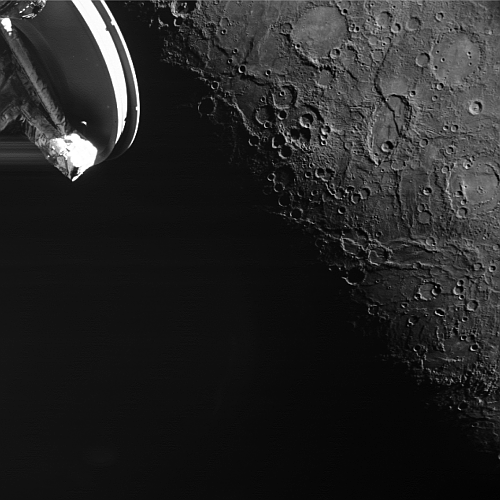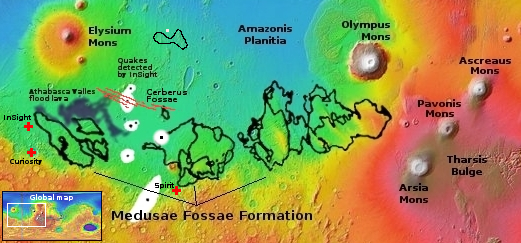Startup orbital tug company experiences technical issues on demo flight
The first test rendezvous and docking of two smallsats built by the startup orbital tug company Starfish Space and space station startup Launcher/Vast are facing significant technical issues because both spacecraft are spinning in an unexpected manner.
Soon after Orbiter SN3 separated from the Falcon 9 upper stage, it experienced an anomaly that set it spinning at a rate on the order of one revolution per second, far outside the bounds of normal operating conditions.
By the time Launcher’s team made contact with Orbiter, fuel and power levels were critically low — and the team made an emergency decision to deploy Otter Pup immediately. In a joint statement issued today, Launcher and Starfish Space said that quick action “gave the Otter Pup mission a chance to continue.”
With assistance from Astro Digital and ground station partners, Starfish’s team contacted Otter Pup and determined that it was generating power — but was also spinning because of the circumstances of its emergency deployment.
The plan had been to deploy Otter Pup and have it rendezvous and then dock with Orbiter, demonstrating the maneuverability of both spacecraft as well as their docking equipment. The spinning now threatens the company’s ability to do this. Over the next few months engineers will make attempts to slow the spinning of Orbiter, but it is unlikely a docking can now be attempted.
The first test rendezvous and docking of two smallsats built by the startup orbital tug company Starfish Space and space station startup Launcher/Vast are facing significant technical issues because both spacecraft are spinning in an unexpected manner.
Soon after Orbiter SN3 separated from the Falcon 9 upper stage, it experienced an anomaly that set it spinning at a rate on the order of one revolution per second, far outside the bounds of normal operating conditions.
By the time Launcher’s team made contact with Orbiter, fuel and power levels were critically low — and the team made an emergency decision to deploy Otter Pup immediately. In a joint statement issued today, Launcher and Starfish Space said that quick action “gave the Otter Pup mission a chance to continue.”
With assistance from Astro Digital and ground station partners, Starfish’s team contacted Otter Pup and determined that it was generating power — but was also spinning because of the circumstances of its emergency deployment.
The plan had been to deploy Otter Pup and have it rendezvous and then dock with Orbiter, demonstrating the maneuverability of both spacecraft as well as their docking equipment. The spinning now threatens the company’s ability to do this. Over the next few months engineers will make attempts to slow the spinning of Orbiter, but it is unlikely a docking can now be attempted.








